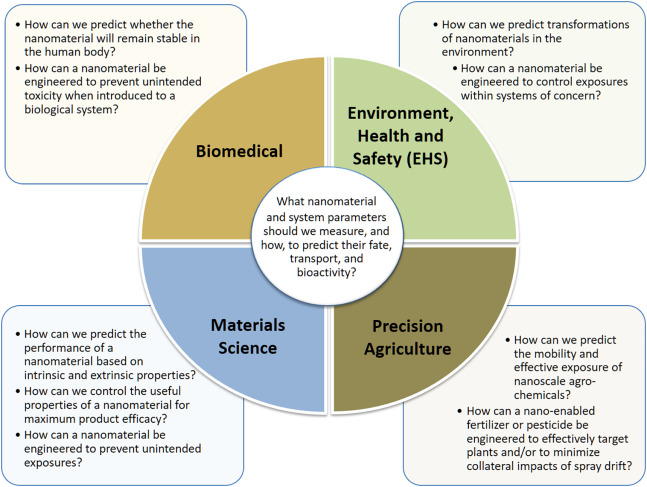New paper: "Integration among databases and data sets to support productive nanotechnology: Challenges and recommendations"
 The U.S.A and European nanosafety communities have a longstanding history of collaboration. On both sides there are working groups,
NanoWG and WG-F (previously called
WG4) of the NanoSafety Cluster. I have been chair of WG4 for about three years and still active in the group, though in the past half year, without
dedicated funding, less active. That is already changing again with the imminent start of the
NanoCommons project.
The U.S.A and European nanosafety communities have a longstanding history of collaboration. On both sides there are working groups,
NanoWG and WG-F (previously called
WG4) of the NanoSafety Cluster. I have been chair of WG4 for about three years and still active in the group, though in the past half year, without
dedicated funding, less active. That is already changing again with the imminent start of the
NanoCommons project.
One of these collaborations resulted in a series of papers around data curation (see doi:10.1039/C5NR08944A and doi:10.3762/bjnano.6.189). Part of this effort was also an survey about the state of databases. A good number of databases responded to the call. It turned out non-trivial to analyse the results and write up a report around it with recommendations. The first version was submitted and rejected, and with fresh leadership, the paper underwent a significant restructuring by John Rumble and resubmitted to Elsevier’s NanoImpact and now online (doi:10.1016/j.impact.2017.11.002).
The paper outlines an overview of challenges and a recommendation to the community on how to proceed. That is, basically, how should projects like eNanoMapper, caNanoLab, and Nanomaterial Registry evolve to, and what might the European Union Observatory for Nanomaterials (EUON) look like. BTW, a similar paper by Tropsha et al. was recently published the other week with a focus on the USA database ecosystem (doi:10.1038/nnano.2017.233).
Have fun reading it, and if you are working in a related field, please join either of the two aforementioned working groups! And a huge thanks to everyone involved, particular Sandra, John, and Christine.